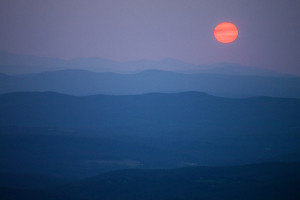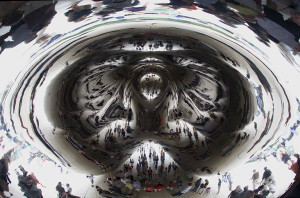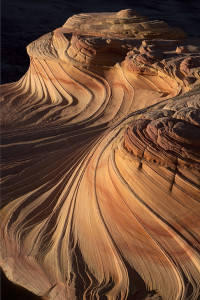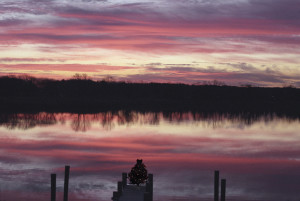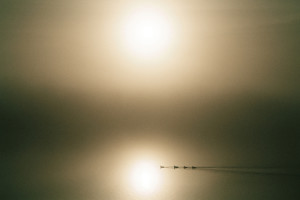Recently I looked back at the archive of blogs that I posted in 2014. Although there were a couple of outliers, most blogs fit into specific photographic themes. Please click on the links to revisit these blogs.
Objects in Disguise
In the month of July I concentrated on tutorials on photographing things above the earth’s surface staring with fireworks just before the Fourth and followed up with the moon (a super moon in July), the sun and a rather complicated blog on star photography. Much fun and hopefully helpful.
Photojournalists
As I consider myself one, photojournalists that literally put their life on the line enamor me. These blogs on Tyler Hicks (January) and Bob Edelman and his civil rights coverage (April) attempted to explore their vision and their bravery while photographing difficult subjects.
Thoughts for Photojournalists
These blogs explored methods and suggestions for budding photojournalists and included one on finding locals to help you (October), and returning to a location that one senses will make good images (Also in October).
Technological Advances in Photography
2014 saw new innovations on many fronts, from new cameras (July) to new software solutions by Getty Images (March). I also highlighted what social media is doing with our previously private information (February), and talked about good digital practices by backing up (January) and the value of having a tablet (February).
Photography Exhibits
I have personally entered a number of shows and exhibits and with a blog tried to impart some knowledge about how they are organized in May, but also highlighted exhibits in Mexico that show differences in approach with photography (March).
This Fragile Earth
Two blogs covered the international land grab (November), and how the Bureau of Land Management in the US is trying to mitigate the hordes of visitors that descend on sensitive areas (January). These blogs bookended 2014.
I hope you enjoyed these ruminations and find that my future blogs in 2015 are of value. Before I put one up, I think about the photographic community at large, and try to decide if the blog may be of interest to them.
If you enjoy the site and find something of interest, please let me know.
